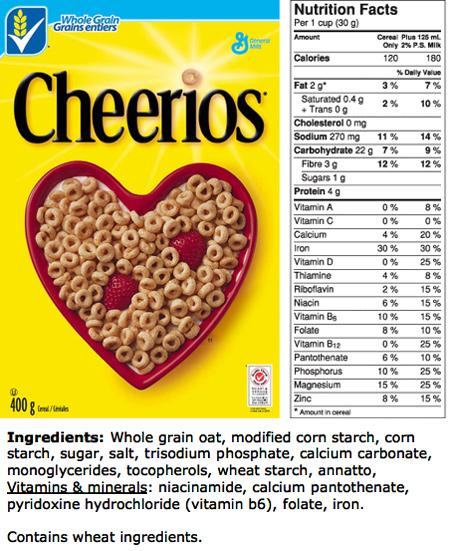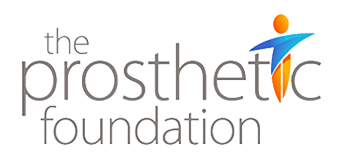Decoding Food Labels for Diabetics
Food labels can be sneaky. Carb counting, serving sizes, fats, calories, sugars, fiber – what is it all about? Find out how to read the nutrition labels and how it can help you plan a diabetic friendly meal that is healthy, tasty and not hard on the glucose levels.
Now you know what portion sizes you need but you are standing in the middle of the grocery store or in your pantry trying to figure out what to make and these labels might as well be in French! What do I do now?
Let’s take Cheerios for example – because Cheerios are super heart healthy and a great choice for most people for breakfast when they are trying to cut back on the sausage and eggs – so if you choose a bowl of Cheerios – what are you getting?

Back to Serving Sizes
We know serving sizes are an important part of meal planning – so how does a label like this help? Under the NUTRITION FACTS label the first thing you will see is the serving size – this is the size that all of the other measurements are based on. Remember these measurements are based on a 2000 calorie diet – so make sure you ignore the Daily % amounts if you are on a diet that differs from that.
\r\nSo for the Cheerios here: The label’s serving size is 1 cup. If you are eating 1 cup then all of the numbers are as listed. If you are eating ½ a cup then you would be getting half of what is listed and if you are eating 2 cups you will need to double that amount.
Carb Counting
One of the most important intakes watched with diabetes are carbohydrates. Carbs (other than actual sugar) turn into sugar during digestion so it’s important to monitor your carb intake just as much as your sugary foods like candy. Foods that are high in carbs are rice, beans, pasta and starchy vegetables like our favorite potatoes. Carbohydrates have the largest impact on your post meal glucose so it’s a good idea to go easy on them each meal instead of “carb-loading” at the end of the day. You can find the carbohydrates listed easily but this section usually includes also dietary fiber as well as sugars. Talk to your healthcare team to find out how many grams of carbs you should be getting each day.
Ask your healthcare team about your dietary fiber recommendations – a diet high in dietary fiber will help balance your blood sugar levels by slowing down the breakdown of carbs in your system. And fiber is good for you all the way through.
Good Fats vs Saturated Fats
In the battle between good and evil… Just kidding. Fats are fats – but like all things there are varying degrees. Limiting Saturated fats which include trans fats and cholesterol will not only make you healthier but your heart will appreciate you. Some fat in your diet is good, and there ARE good fats out there. Avocados are a natural source of healthy omega fats and almonds have fats that will not only help your skin and your hair but also your brain! But like all things – moderation is key and Good will always prevail over evil.
After some practice, reading labels will come easier and you won’t need a translator just to decide which box of cereal you should eat. Happy planning!

